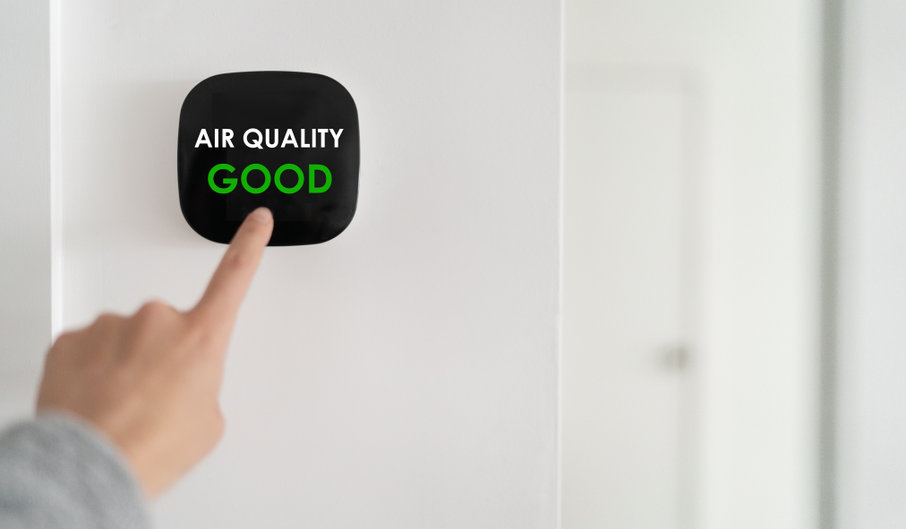Allergy symptoms and asthma flare-ups can be prevented if the indoor air quality of your home is improved. During the colder period of the year, you will also easily breathe.
Please understand that you can’t completely remove every allergen from your home. However, you can reduce your exposure to them as well as the quantity – all you need to do is make some changes.
What makes indoor air quality poor? And how can you improve it? That’s what this guide shows you. Read on.
What’s Poor Indoor Air Quality ?
When the levels of outdoor air pollution are filtered into homes, the air quality is negatively affected. This is more likely to happen in big cities. Other things also cause poor air quality.
According to studies, indoor air pollution (gas, dirt, or dust) in the air within a house can be harmful. They affect occupants when inhaled. Damping to chemicals and poor ventilation cause bad air quality. Most of these tiny particles are not seen. They are ominously branded as the “invisible killer.”
Ways to Improve Your Indoor Air Quality
Indoor air quality can be improved in several ways. Below are five of them.
- Test the air quality
Are you concerned and unsure about the air quality in your living space? Testing your indoor air quality is a good place to begin. The test can be done by yourself or by hiring a professional.
Your needs will determine what method you use. It’s less expensive when you do it yourself. However, working with a pro offers the best result – you will get more personalized details.
- Use an air purifier
Pollen and dust particles may become microscopic. Cleaning something you can’t see with your naked eyes poses some challenges.
The air purifier helps you fix this. With an air purifier, every pollutant is completely trapped and removed. The machine simply draws in dirty air, filters it, and releases it back into the room – this time, fresher and cleaner.
The best time this device is useful is between May and July, during the hay fever season. It has LED lights, a green flash is on when the indoor air is clean. Airborne bacteria and viruses are neutralized when negative ions are released into the air.
- Humidity levels must be monitored
Maintaining levels of humidity between thirty and fifty percent is a great way to kill mold. Owning a dehumidifier is therefore essential. It constantly monitors and controls the humidity levels. Also, remember that humidity levels increase during the summer. It lowers during the winter season.
There is often a build-up of condensation when the levels of moisture are high. Over time, energy will be inefficient because of poor air circulation.
Musty odors and evaporation that cause the growth of mildew are reduced with many of the dehumidifiers available today. They have a pump that’s linked to the floor drain.
- Examine your heating systems
Another home piece of equipment that greatly affect indoor air quality is some heating systems. Do you know that fireplaces and wood-burning stoves release a high quantity of harmful substances into indoor air? This can increase the risk of having long-term health issues – such as lung cancer.
Also, heating systems that have gas-fueled heating appliances and older furnaces can be risky over time.
Heating systems that are powered by gas also release an abundance of carbon monoxide. This odorless gas, when constantly released into your air, may lead to suffocation, and even death.
- Work on a better ventilation
When more airflow into your home, you will enjoy good indoor air quality. And the simple way to go about it is to open your doors and windows from time to time. This allows more fresh air to flow in from the outside. This is best done when air from outdoors is less dusty and clean.
Also, remember that air comes into your home through vents and weak points like little spaces around entryways. Well, there’s nothing much you can do about the air that enters through these openings. However, make sure the air that passes through into your living spaces does not contribute to the problem.
Conclusion
Different factors contribute to the quality of air in your living space. Improving the quality of your indoor air is essential to avoid certain health issues over time. The tips discussed above are effective. Should you need the help of a professional, don’t hesitate to do so. Finally, they are several professionals engaged in air quality testing in Montreal. Reach out to Benjel Inc. for more information.

